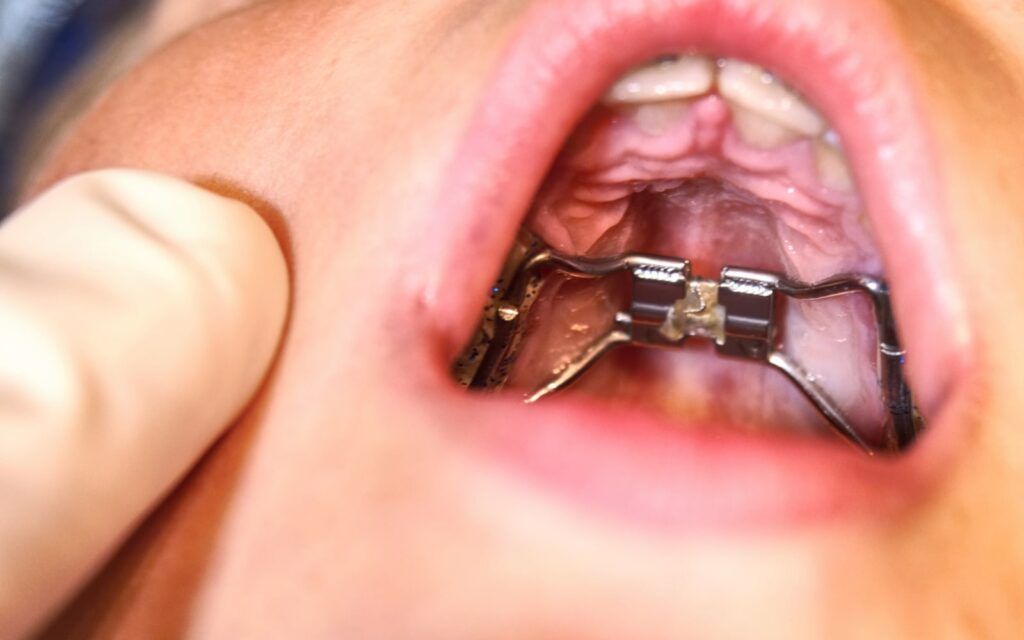Having orthodontic care done means your dentist will work with multiple techniques to ensure your teeth are controlled, moved, and straightened over time. One of the terms most commonly used and referred to by dentists is the term anchorage. Anchorage refers to the methods of controlling unwanted tooth movement through anchor sites throughout the mouth. One way that dentists work hard to improve their practices is by improving their techniques and anchorage techniques; it’s no different. We’re here to provide an overview of anchorage techniques, the latest techniques, and what you can do to learn more.
The Ins and Outs of Anchorage Techniques
Anchorage techniques have been around since the early 20th century, introduced by orthodontist Henry Albert Baker. Dr. Baker developed the Baker technique, which introduced the use of intermaxillary elastics into orthodontics. While some dentists debated the discovery, this invention eliminated the need for tooth extraction, combining rubber tubing with a wire crib to provide an anchoring point for the teeth to move gradually. Today’s dentists have since improved on the original technique with better design features, bio-friendly materials, and improved safety measures. However, the idea of anchor points still remains a vital aspect overall for both children and adults with severe malocclusions.
Because of the success of this technique, it inspires a wide development of complex and diverse approaches to anchorages. Most often, the techniques are applied according to the patient’s individual case. Today’s dentists work under a classification system to allow them to indicate anchorage points, required appliances, areas of teeth treated, and sections of teeth to be straightened. This classification system operates through these points:
- Site-Based Classification:
- Intraoral – Mounted within the oral cavity
- Extraoral – These anchorages require external equipment. Headgear and facemasks are the most common extraoral devices used to secure these teeth. These come in both occipital and cervical mounts, using the head and neck, respectively.
- Muscular – These anchorages are secured within muscle tissue.
- Number of Treated Teeth
- Simple/Primary – One tooth
- Compound – Involving multiple teeth
- Reinforced – Secured to multiple points, frequently cervical and occipital mounts
- Reciprocal – Used to draw two teeth together.
- Stationary – Altering the dental angle while securing it in place
- Space-Based Classification
- Group A – Primary adjustment of rear teeth
- Group B – Adjustment of both front and rear teeth
- Group C – Primary adjustment of front teeth
- Absolute Anchorage – Only adjusting teeth towards the rear
Through this class system, dentists can provide a more concise way to treat teeth and identify anchorage points, reducing the risk of failure and improving their patient’s oral health. However, even this system isn’t enough these days, as more people are in higher demand for straighter teeth and are often faced with complex dental problems that prohibit the usual treatment methods. In these cases, dentists look to researchers to find better methods of treating their patient’s teeth.
What The Latest Research Says About Anchorage Techniques
Researchers looking into the field of orthodontics are always looking beyond their contemporary means to produce better results for everyone, and in the case of anchorage techniques, some researchers have found that improving the wires and bracket system implemented by the braces or retainers needs drastic improvement. These improvements include concepts such as tandem wires within the tandem wire technique, stabilizing archwires that wrap along the teeth without the need for bracket placement, and dual flex archwires, which are more commonly used for patients with mild to moderate forms of malocclusion.
Because of these improvements, orthodontists and dentists with orthodontic backgrounds have evolved different techniques to improve tooth movement, one such technique being the combined anchorage technique. This technique helps broaden treatment effectiveness by combining different technical methods within an orthodontic session, working within the type of anchorage, the direction of movement, amount of resistance, and wire technique to create a more individualized approach for the patient.
While many orthodontists alike are always ecstatic about the new anchorage technique, for the average patient, having a basic understanding of how orthodontists and dentists work can help provide a better view of any potential treatments needed in the future. By understanding these basic concepts, this information can be used to help guide you on the type of procedures your dentist recommends and helps you make better choices about your dental health. Through this guide, you can speak with your dentist about your treatment options and make better decisions for you and your family about what procedures you need, can afford, and what the end results will look like. If you have any further questions or concerns about orthodontic treatments, the best place to find the best resources for more information is through your primary dentist. Make sure to schedule an appointment with your dentists as soon as possible!




